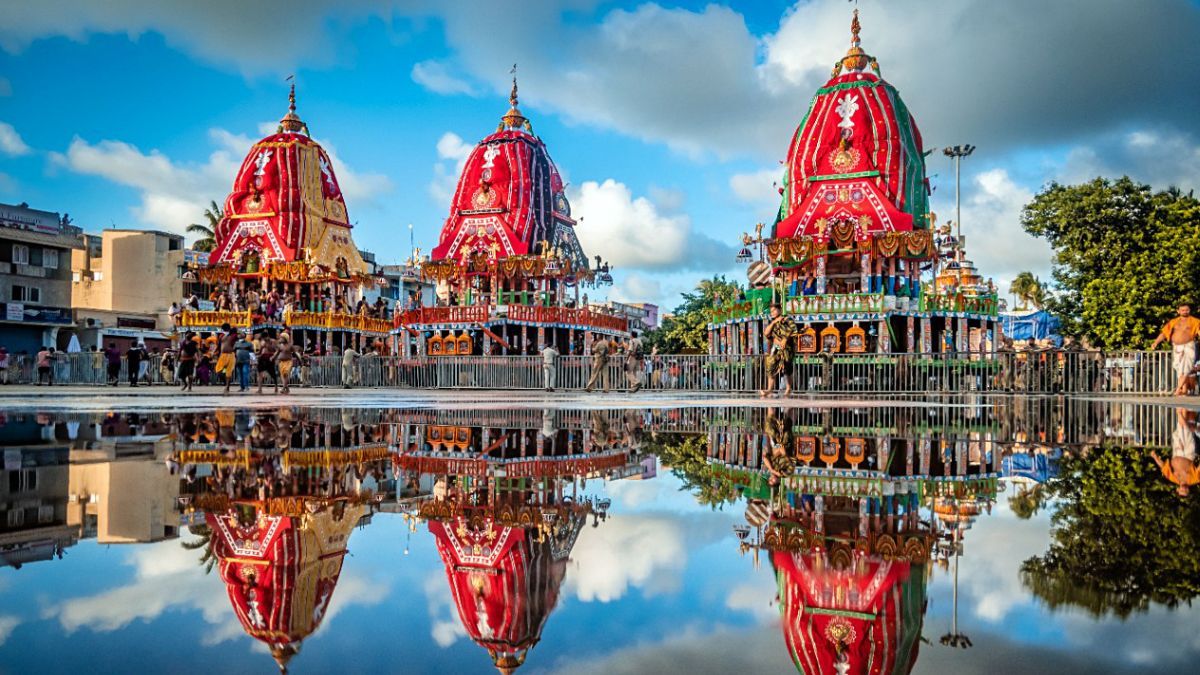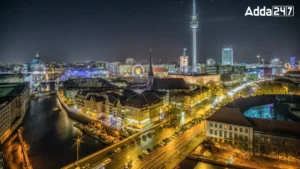History of Jagannath Puri Rath Yatra
The Jagannath Puri Rath Yatra is an annual festival celebrated in the city of Puri, Odisha. It has a rich history that dates back centuries. The festival is believed to have originated when the sister of Lord Jagannath, Devi Subhadra, expressed her desire to visit Puri. To fulfill her wish, Lord Jagannath, along with his brother Lord Balabhadra, embarked on a chariot journey to Puri. Since then, the Rath Yatra has been celebrated every year as per the Hindu calendar.
Significance of Jagannath Puri Rath Yatra
The Jagannath Puri Rath Yatra holds immense significance in Hindu mythology and culture. It is dedicated to Lord Jagannath, who is considered the Lord of the Universe and a form of Lord Krishna. The festival symbolizes the journey of Lord Jagannath, Lord Balabhadra, and Devi Subhadra from their main temple, known as the Jagannath Temple, to the Gundicha Temple.
The procession of the deities in specially designed chariots, called Raths, is a spectacle that attracts thousands of devotees. It is believed that participating in the Rath Yatra and pulling the chariots cleanses one’s sins and grants blessings. The festival promotes devotion, unity, and spirituality among the devotees.
Timing and Date of Jagannath Puri Rath Yatra 2023
This year, the Jagannath Puri Rath Yatra will be celebrated on Tuesday, 20 June 2023. The festival usually takes place in the month of June or July and lasts for several days. The following are the specific timings for the Rath Yatra in 2023:
- Dwitiya Tithi Starts: Monday, 19 June 2023 at 11:25 am.
- Dwitiya Tithi Ends: Tuesday, 20 June 2023 at 1:07 pm.
Rituals and Procession of Jagannath Puri Rath Yatra
The Jagannath Puri Rath Yatra involves various rituals and a grand procession. Here are the key steps in the celebration:
- Chariot Construction: Before the festival, the chariots for Lord Jagannath, Lord Balabhadra, and Devi Subhadra are constructed with wood and beautifully decorated by skilled artisans.
- Chhera Pahanra: On the day of the Rath Yatra, the Gajapati Maharaja, the King of Puri, sweeps the chariots with a golden broom and offers prayers. This ritual symbolizes the king’s humble service to Lord Jagannath.
- Pulling the Chariots: Devotees gather in large numbers to pull the chariots with ropes. It is considered an honor and an act of devotion to have the opportunity to pull the chariots. The chariots are pulled from the Jagannath Temple to the Gundicha Temple, which is around 3 kilometers away.
- Stay at Gundicha Temple: After reaching the Gundicha Temple, Lord Jagannath, Lord Balabhadra, and Devi Subhadra stay there for a period of eight days. Devotees visit the temple to seek blessings and offer their prayers.
-
Bahuda Yatra: On the eighth day, known as Bahuda Yatra, the deities return to the Jagannath Temple. The chariots are pulled back to their original place, and it marks the conclusion of the Rath Yatra festival.
Key Points About Jagannath Puri Rath Yatra
-
Jagannath Puri Rath Yatra, also known as Gundicha Yatra or Chariot Festival, is an annual festival celebrated in the city of Puri, Odisha.
- The festival is dedicated to Lord Jagannath, the Lord of the Universe and a form of Lord Krishna, along with his siblings Lord Balabhadra and Devi Subhadra.
- The Rath Yatra involves a grand procession where the deities are taken from the Jagannath Temple to the Gundicha Temple in specially designed chariots called Raths.
- The festival is believed to have originated when Devi Subhadra expressed her desire to visit Puri, and Lord Jagannath fulfilled her wish by embarking on a chariot journey.
- The Rath Yatra is a significant event that highlights the rich traditions and cultural heritage of Odisha.
- It is celebrated in the month of June or July, and the festival lasts for several days.
- Pulling the chariots is considered an act of devotion and a way to seek blessings. Thousands of devotees participate in pulling the chariots during the procession.
-
The Gajapati Maharaja, the King of Puri, performs the ritual of Chhera Pahanra by sweeping the chariots with a golden broom as a symbol of humble service to Lord Jagannath.




 Which Glacier is the Source of the Brahm...
Which Glacier is the Source of the Brahm...
 What is the Full Form of EDP? Know Every...
What is the Full Form of EDP? Know Every...
 Which City of Germany is Known as the Gr...
Which City of Germany is Known as the Gr...







